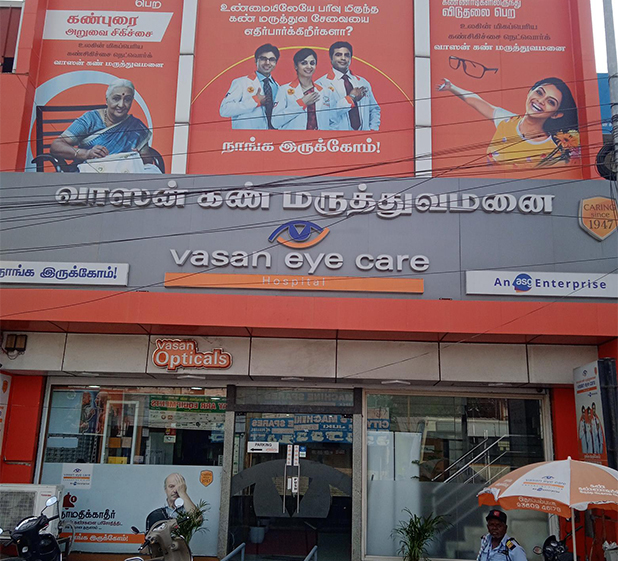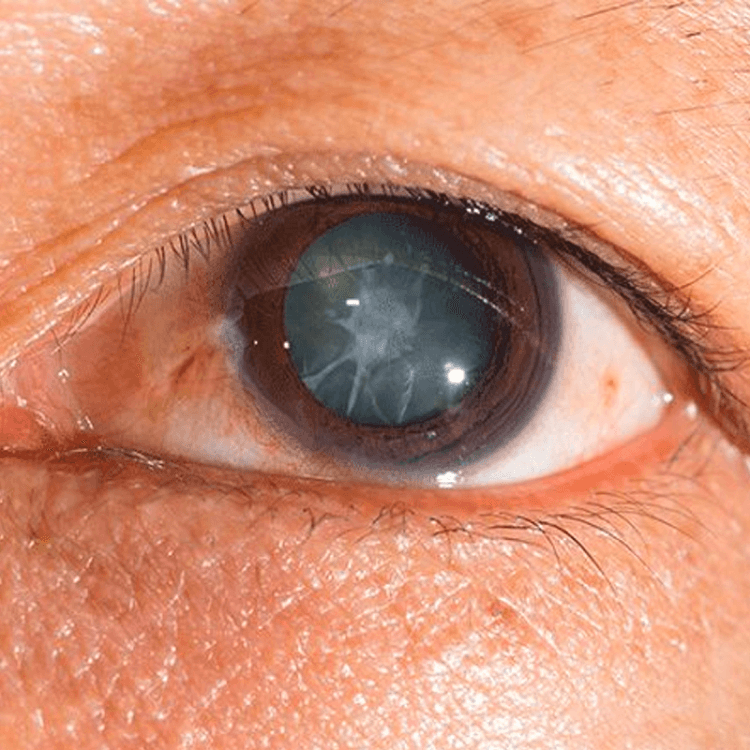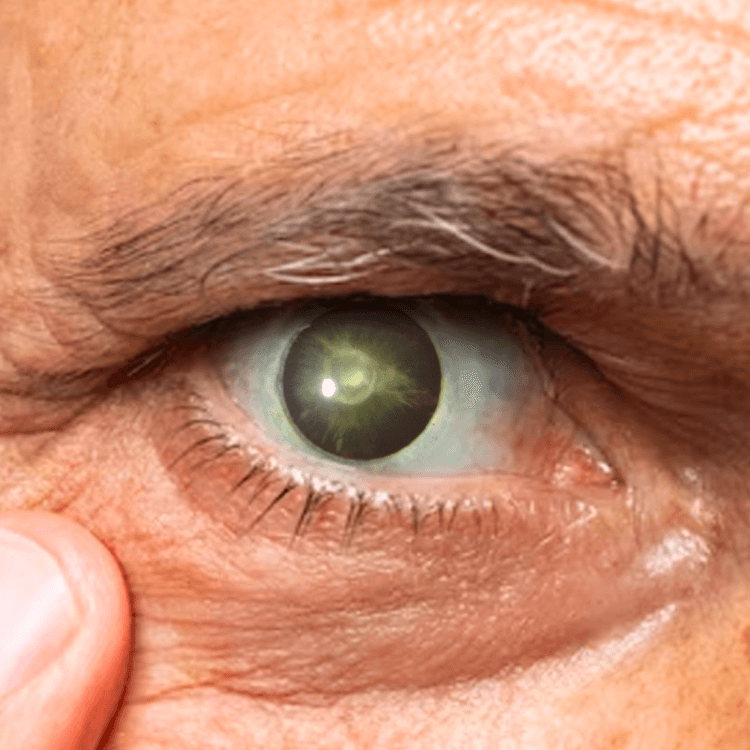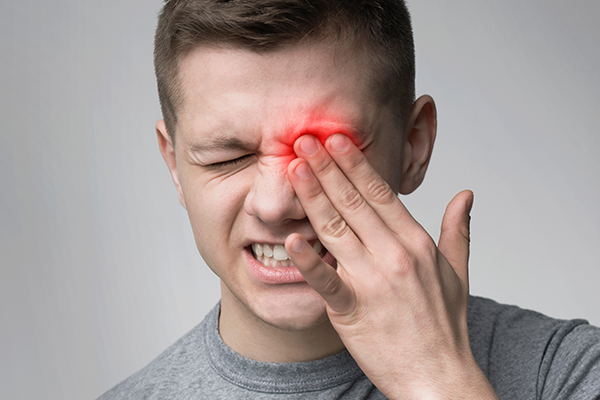
Traumatic Cataract
What is Traumatic Cataract?
Traumatic Cataract is the clouding of the lens due to eye trauma, either blunt or penetrative, which damages the lens fibres.
Symptoms
Common symptoms of Traumatic Cataract

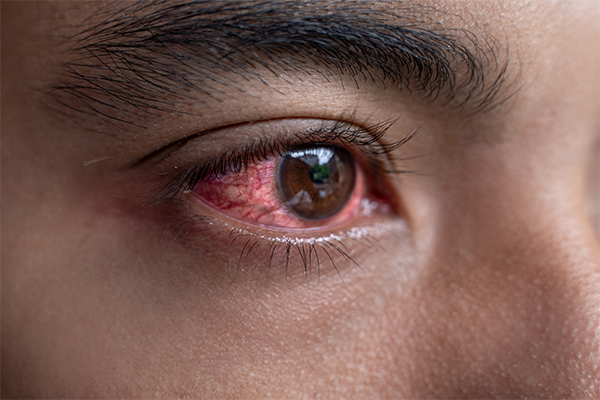
Reddish eye

Double vision

Blurry or cloudy vision
Risk Factors
Who is at risk of getting Traumatic Cataract
Treatments Available
Here’s how our experts treat it
Traumatic Cataract cases require immediate medical attention to evaluate the injury’s extent. After diagnosis, the treatments include:
Cataract Surgery
The treatment involves surgically removing the cloudy lens and replacing it with an artificial lens (IOL). In cases of open globe trauma, primary cataract extraction may be performed along with repairing the eye globe, and if the lens capsule is intact, secondary cataract extraction with IOL placement is done in the 2nd stage after the initial globe repair. If the lens bag is unstable, a capsular tension ring (CTR) may be placed to support the IOL. Other methods of IOL placement, such as scleral-fixated IOL or anterior chamber IOL, are used if there are issues with the lens bag.
FAQs
To prevent Traumatic Cataracts, wear protective eyewear during activities like sports or working with dust. Always use goggles or glasses to shield your eyes from potential injuries.
After blunt trauma, it can resemble a white rosette or feather-like pattern. Piercing injuries may start small but can rapidly grow. This rosette can show up immediately or develop later, and about half of cases also affect the back of the eye.
Sometimes, a mild traumatic cataract can resolve naturally, particularly in children. However, if removal is necessary, surgery will involve extracting the clouded lens and replacing it with a clear artificial one. Typically, the new lens is implanted during the same procedure as the cataract removal.
Traumatic Cataracts are diagnosed by observing abnormalities in the red reflex, which can result from injuries like sharp penetration or blunt force. They may develop over varying periods, from days to years.
Currently, there’s no natural cure for cataracts. Surgery is the only way to remove them.
Other Diseases
Know more about other Eye Diseases
Rosette Cataract
Rosette Cataract is a form of traumatic cataract caused by either blunt force trauma or penetrating eye injury.
Posterior Subcapsular Cataract
Posterior Subcapsular is a type of cataract that begins as a small spot near the back of the lens and causes glare and halos around lights at night.
Cataract
Cataracts occur when the eye's natural lens becomes cloudy, causing vision to blur like looking through a foggy or dusty car windshield.






